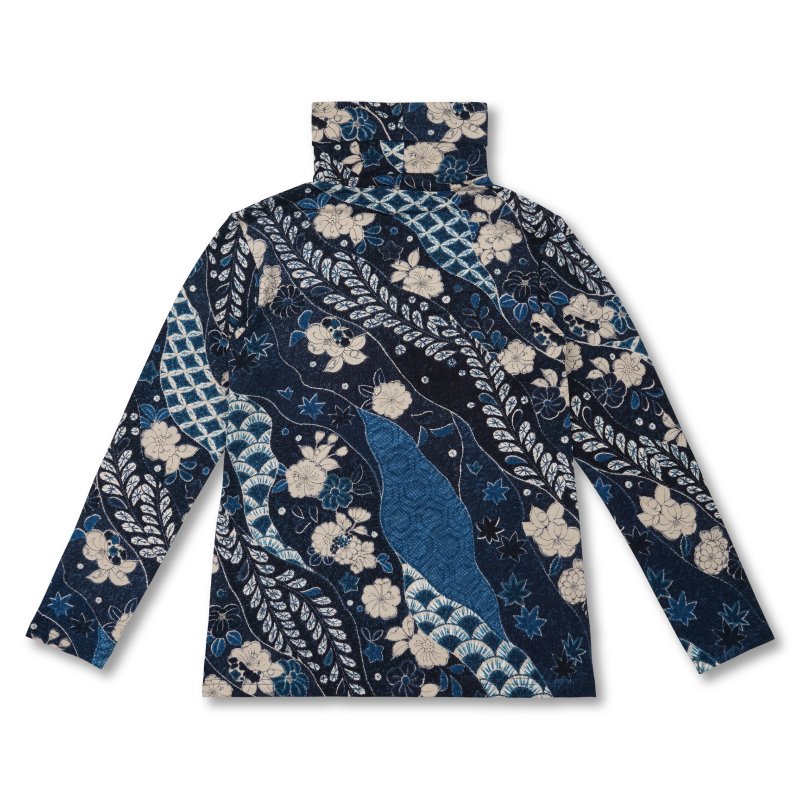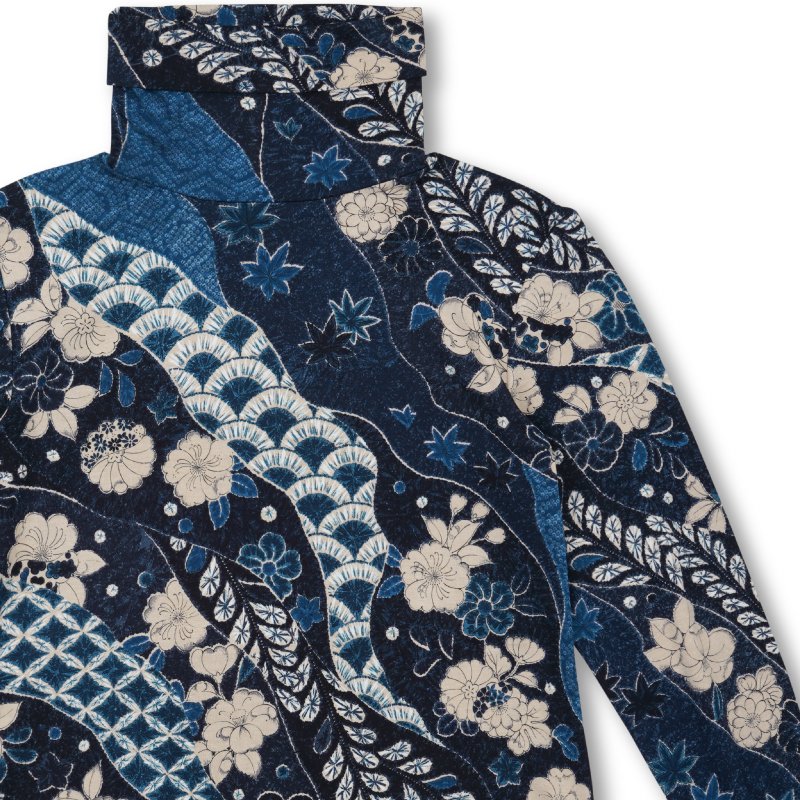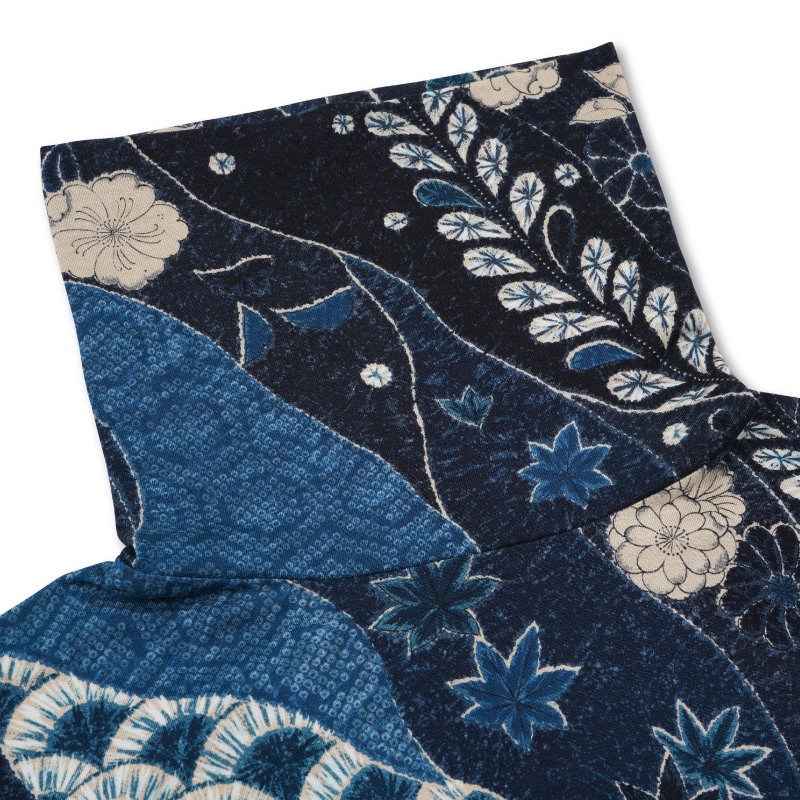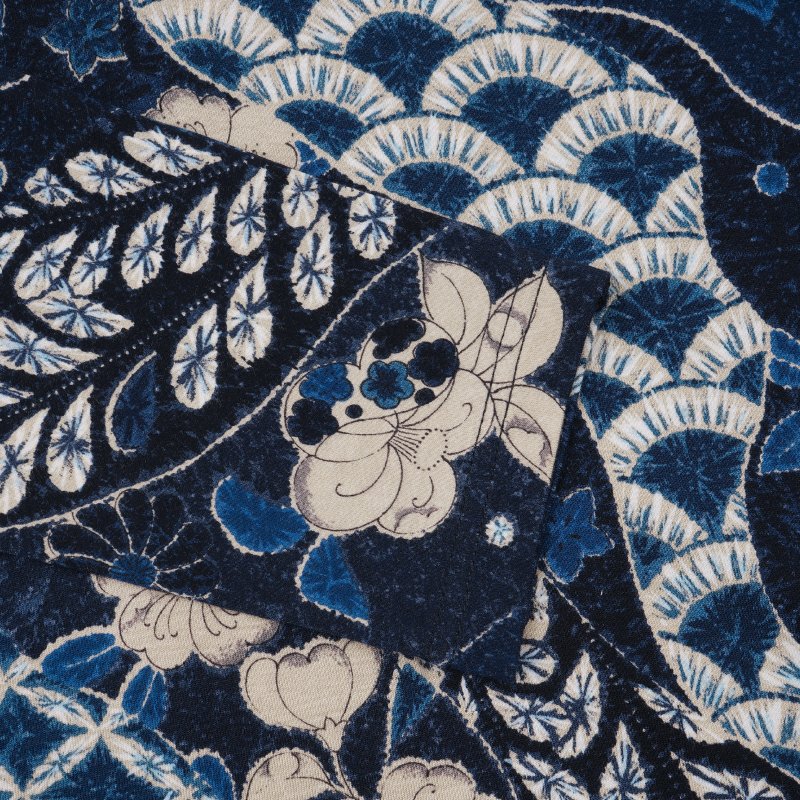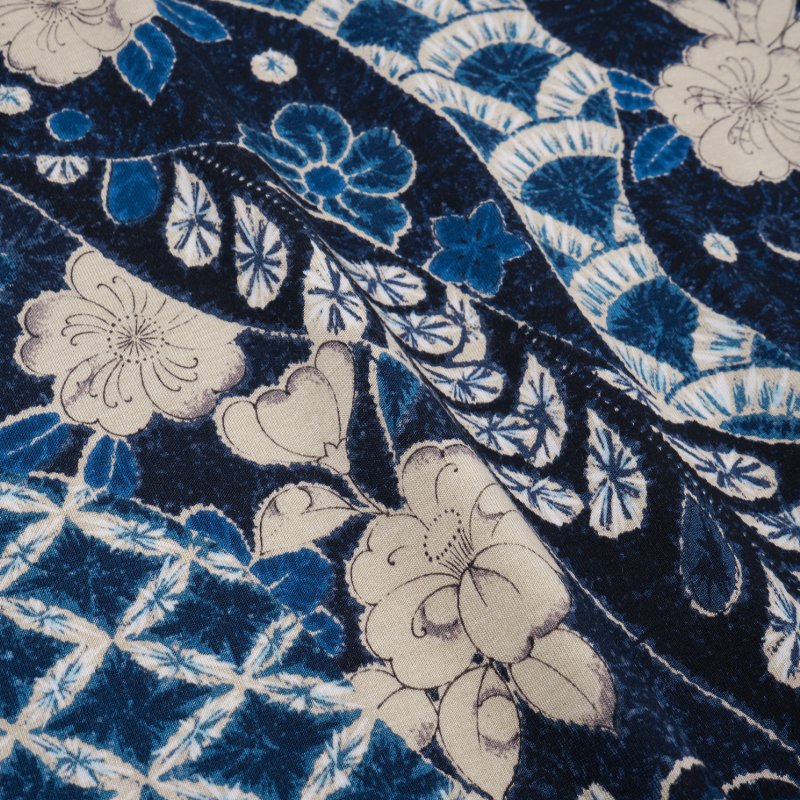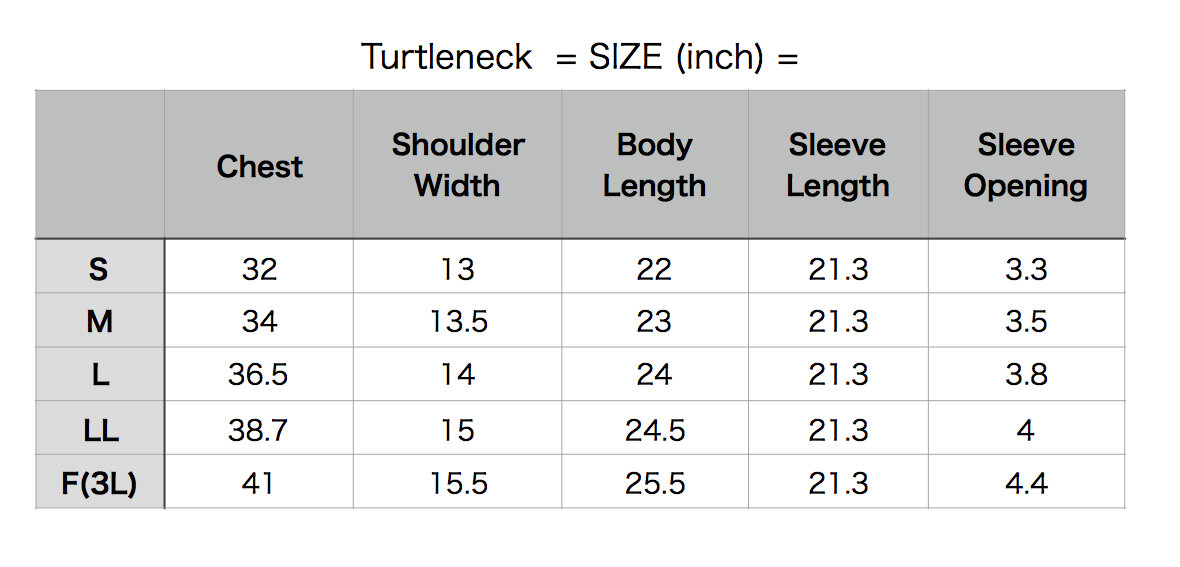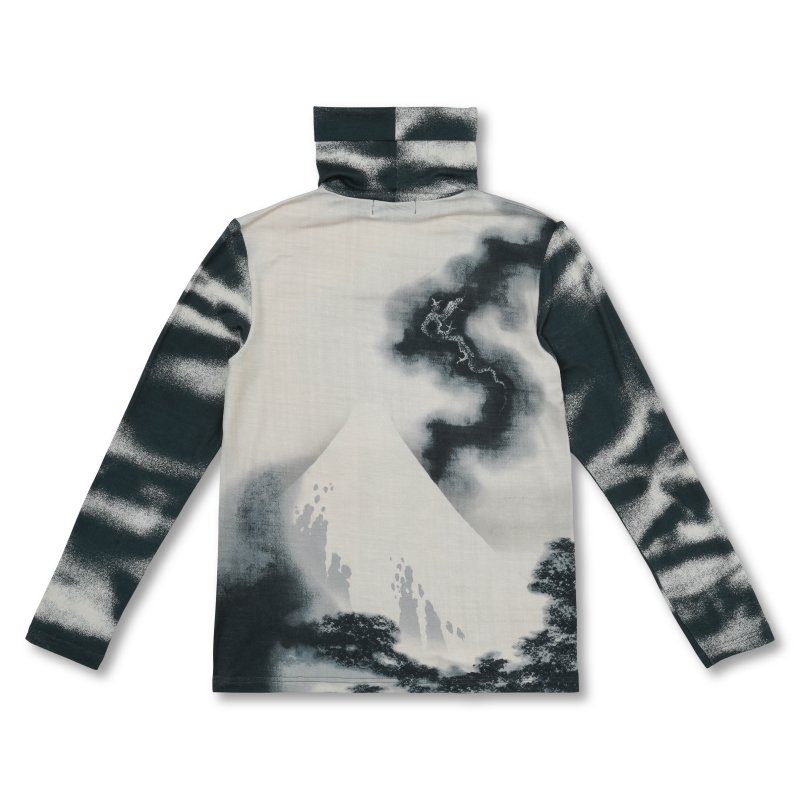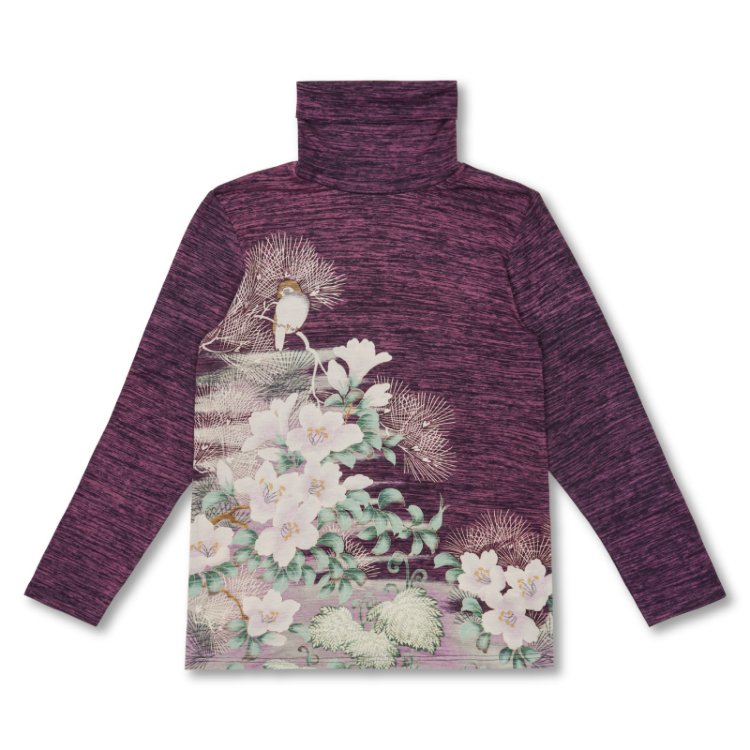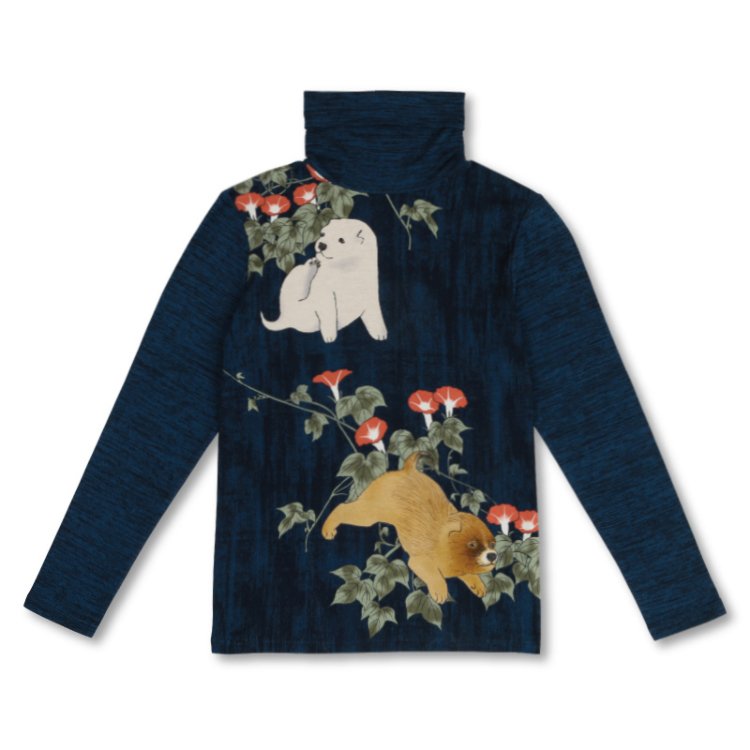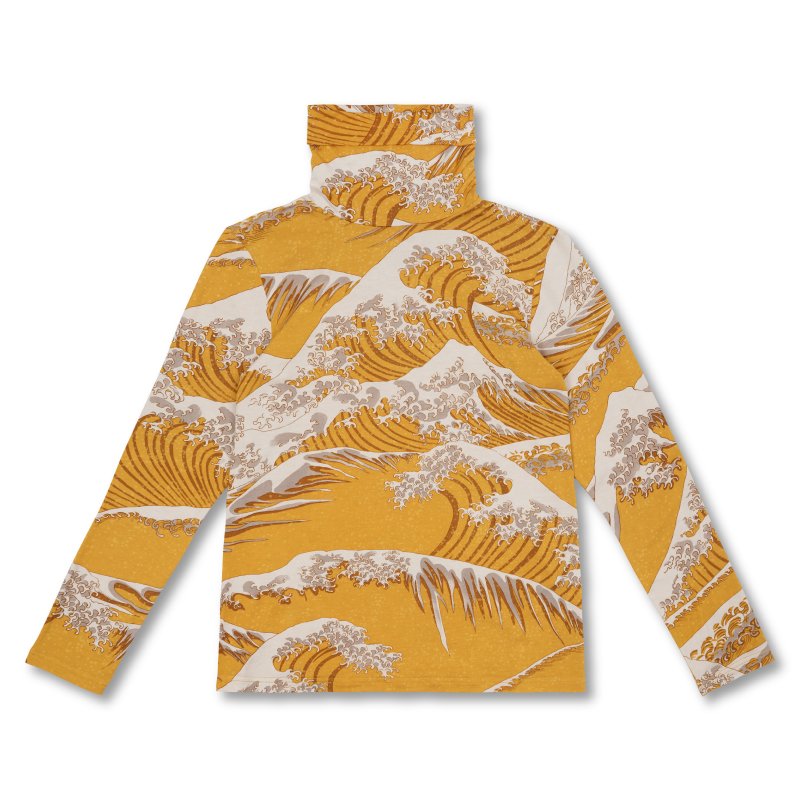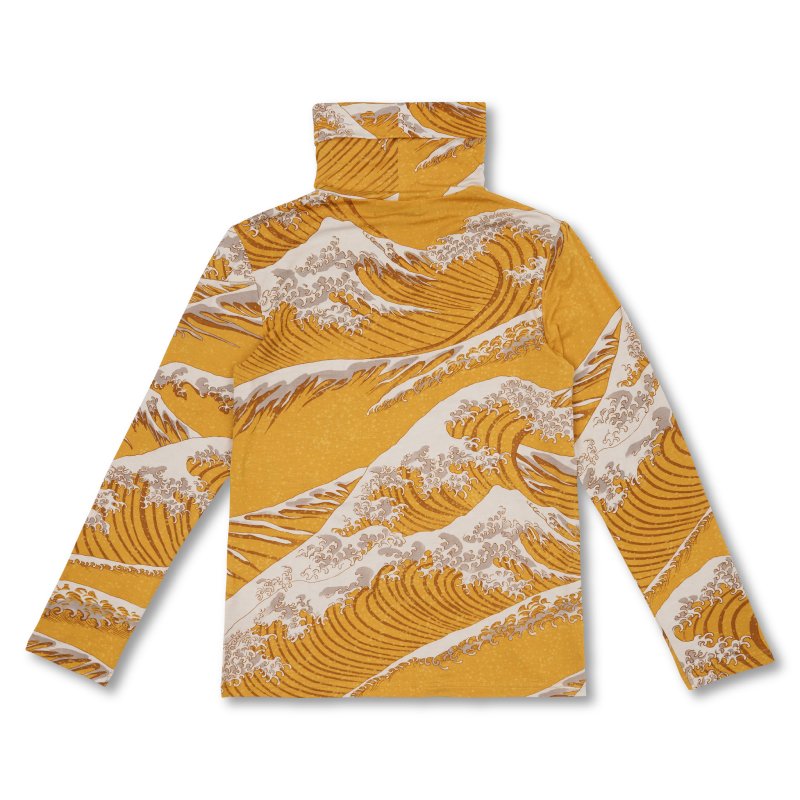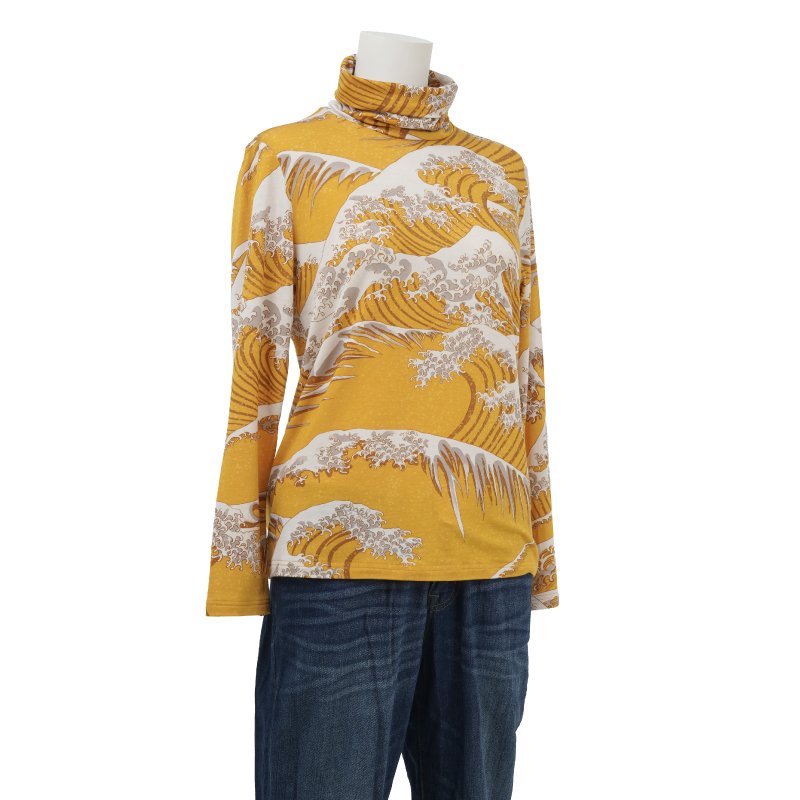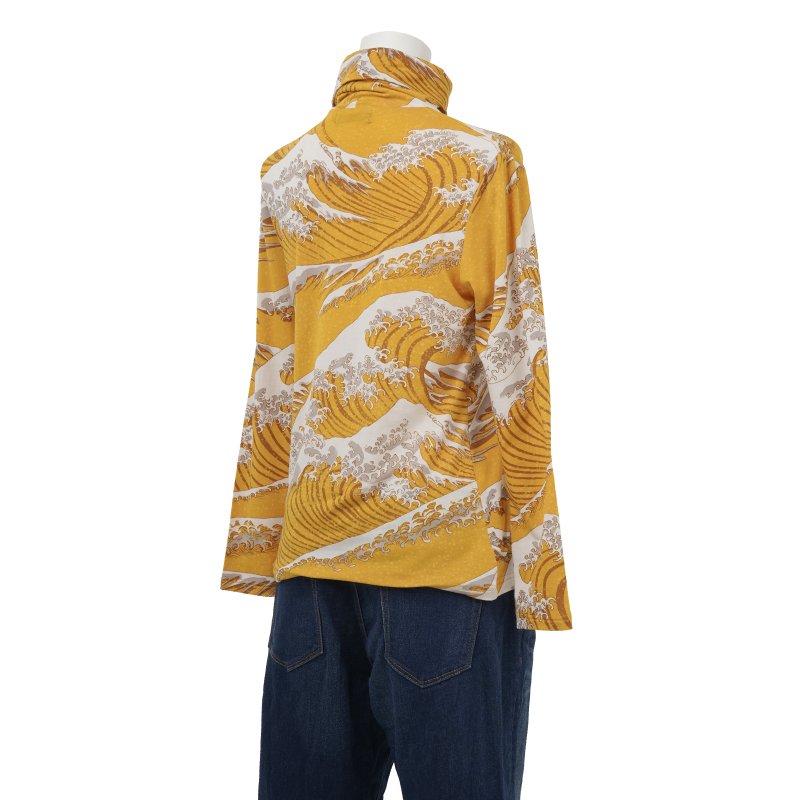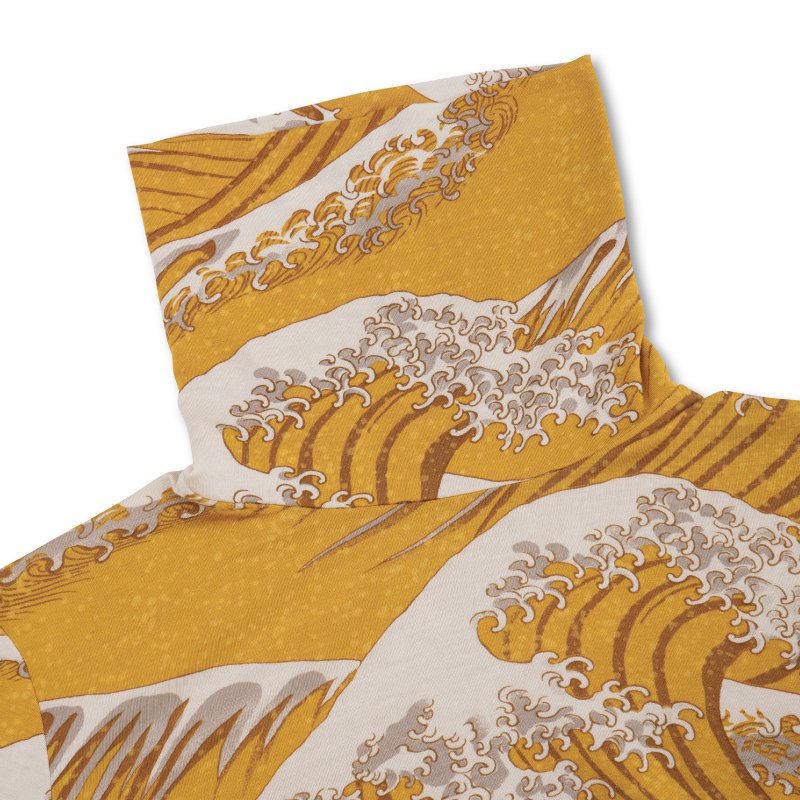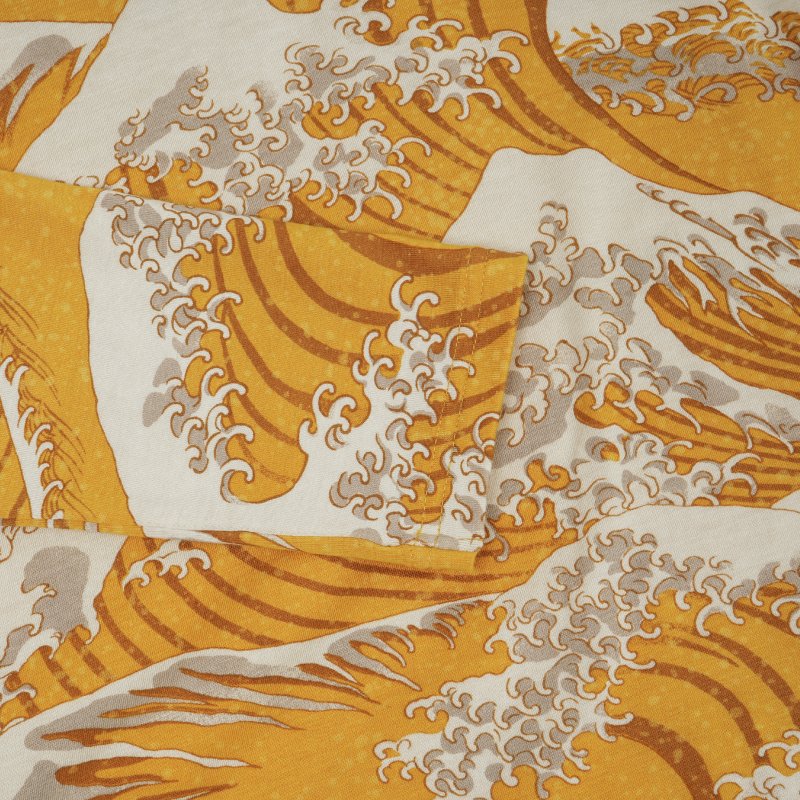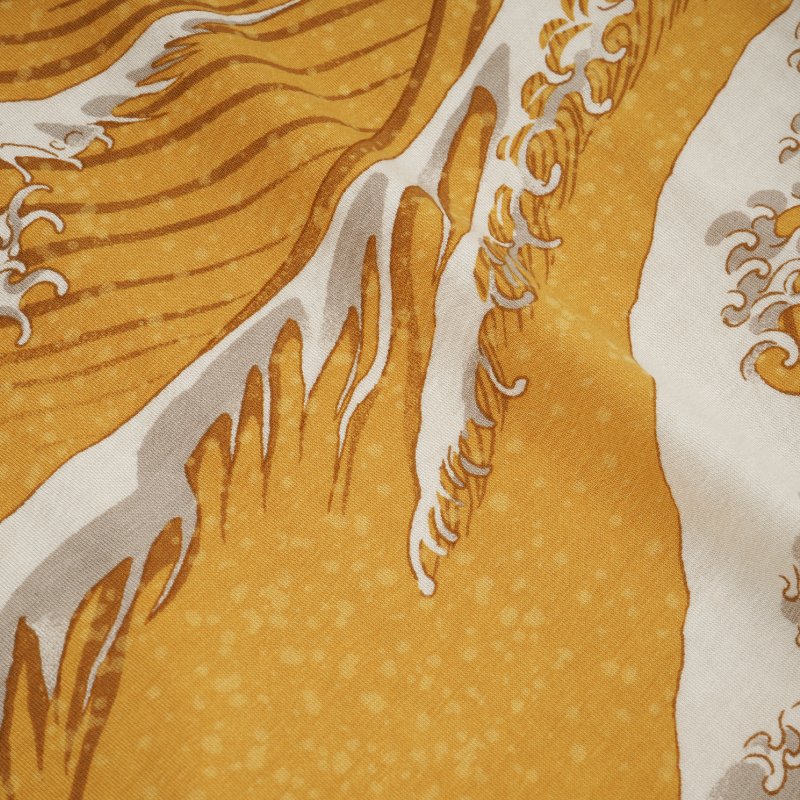TSUJIGAHANA Turtleneck
Color / Navy, Blue and Beige Size chart is below Care Instruction
Japanese name / 辻が花 ( Tsujigahana)
-About-
“Tsuji ga hana” is a type of traditional patterning , known to be the oldest dyeing method from the Nara-era (710-794), and its beauty is described in detail in 15th century Japanese literature.
The dye process consists of making tiny stitches which are pulled within a pattern and then dyed in sections.
In the form of luxurious kimono, tsuji ga hana was often dyed purple, red, or deep indigo, and further embellished with the addition of real gold leaf and embroidery. It is not clearly known who invented it or why it was called tsujigahana, which literally translates to “flowers at the crossroads”.
At Pagong Kyoto, our artisans have implemented the technique of Kyoto-Yuzen for carrying on the tradition and spirit of tsuji ga hana.
・93% Rayon 7% Polyurethane
・Made in Japan
・Heat-retention fiber
・Knit fabric
・Hand-wash
・Hang to dry
・Use pressing cloth to iron
・Currency : US Dollar (USD)
Color / Navy, Blue and Beige Size chart is below Care Instruction
Japanese name / 辻が花 ( Tsujigahana)
-About-
“Tsuji ga hana” is a type of traditional patterning , known to be the oldest dyeing method from the Nara-era (710-794), and its beauty is described in detail in 15th century Japanese literature.
The dye process consists of making tiny stitches which are pulled within a pattern and then dyed in sections.
In the form of luxurious kimono, tsuji ga hana was often dyed purple, red, or deep indigo, and further embellished with the addition of real gold leaf and embroidery. It is not clearly known who invented it or why it was called tsujigahana, which literally translates to “flowers at the crossroads”.
At Pagong Kyoto, our artisans have implemented the technique of Kyoto-Yuzen for carrying on the tradition and spirit of tsuji ga hana.
・93% Rayon 7% Polyurethane
・Made in Japan
・Heat-retention fiber
・Knit fabric
・Hand-wash
・Hang to dry
・Use pressing cloth to iron
・Currency : US Dollar (USD)
Color / Navy, Blue and Beige Size chart is below Care Instruction
Japanese name / 辻が花 ( Tsujigahana)
-About-
“Tsuji ga hana” is a type of traditional patterning , known to be the oldest dyeing method from the Nara-era (710-794), and its beauty is described in detail in 15th century Japanese literature.
The dye process consists of making tiny stitches which are pulled within a pattern and then dyed in sections.
In the form of luxurious kimono, tsuji ga hana was often dyed purple, red, or deep indigo, and further embellished with the addition of real gold leaf and embroidery. It is not clearly known who invented it or why it was called tsujigahana, which literally translates to “flowers at the crossroads”.
At Pagong Kyoto, our artisans have implemented the technique of Kyoto-Yuzen for carrying on the tradition and spirit of tsuji ga hana.
・93% Rayon 7% Polyurethane
・Made in Japan
・Heat-retention fiber
・Knit fabric
・Hand-wash
・Hang to dry
・Use pressing cloth to iron
・Currency : US Dollar (USD)


